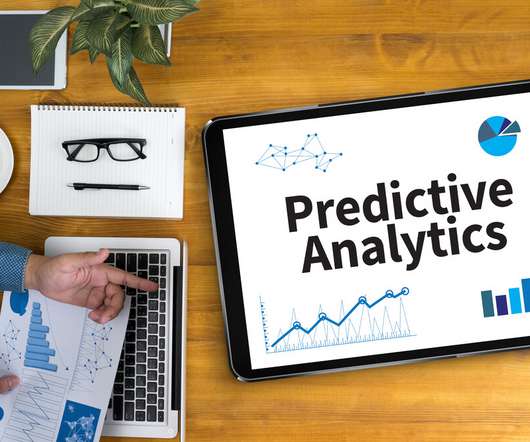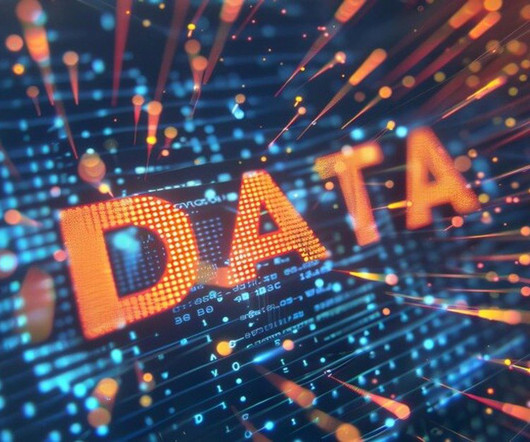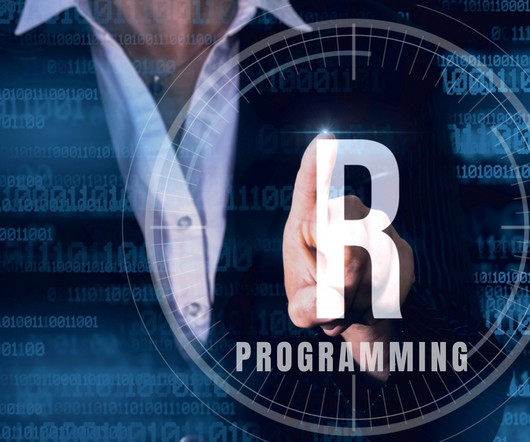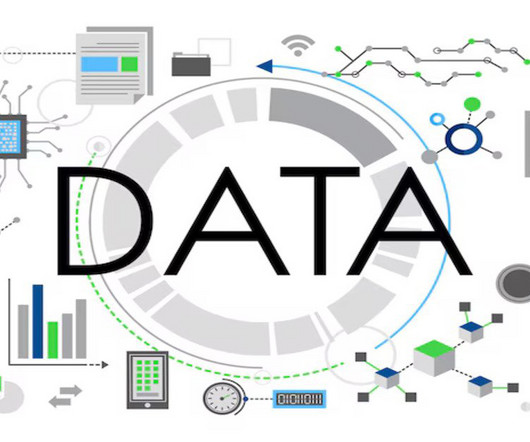Pattern recognition
Dataconomy
FEBRUARY 26, 2025
Some key areas include: Big Data analytics: It helps in interpreting vast amounts of data to extract meaningful insights. Machine learning methods: Methods like decision trees, neural networks, and support vector machines, each utilize specific algorithms to identify patterns in datasets.















Let's personalize your content